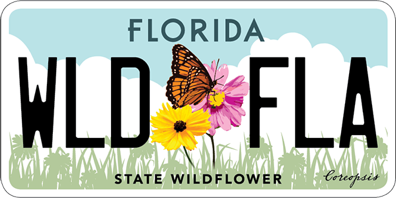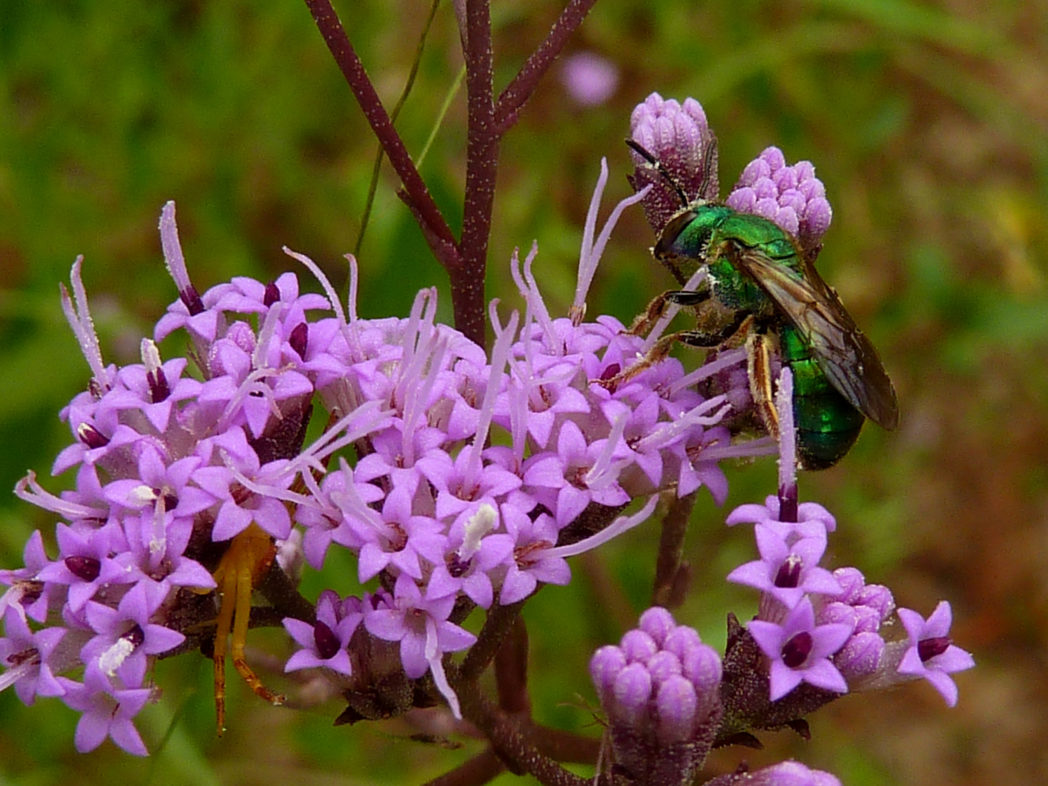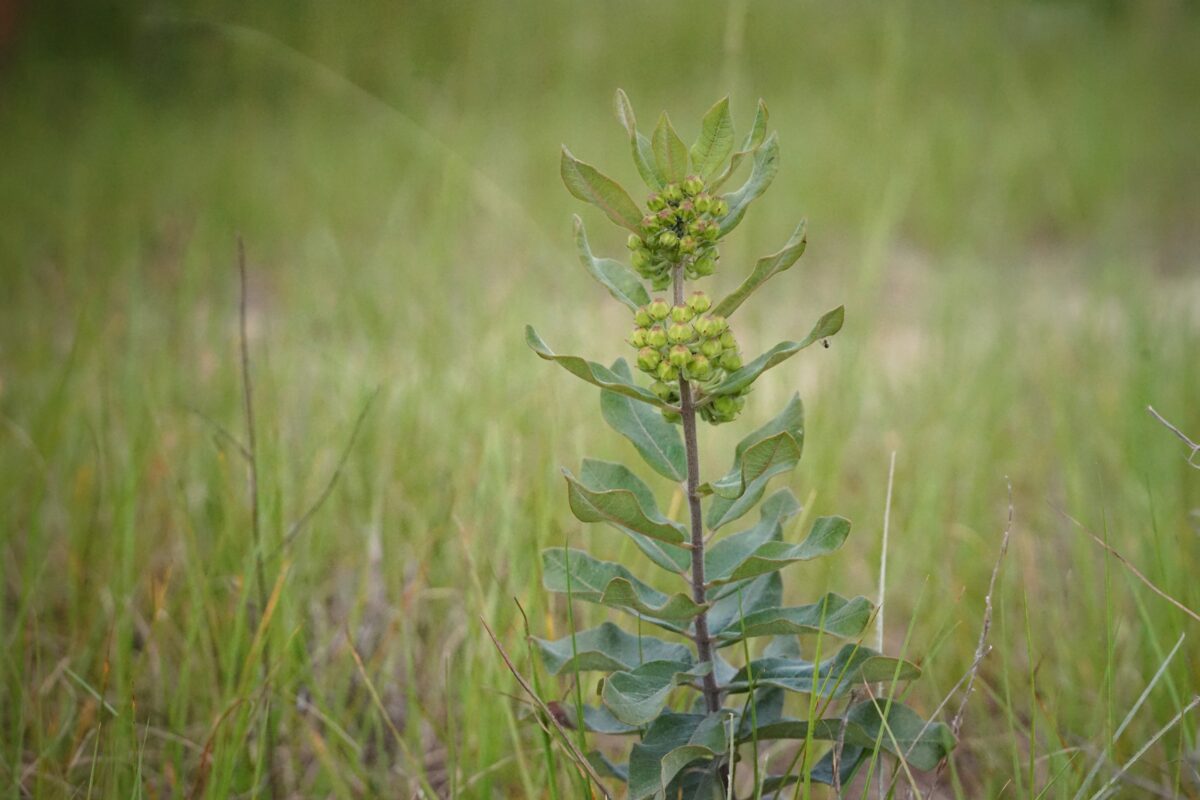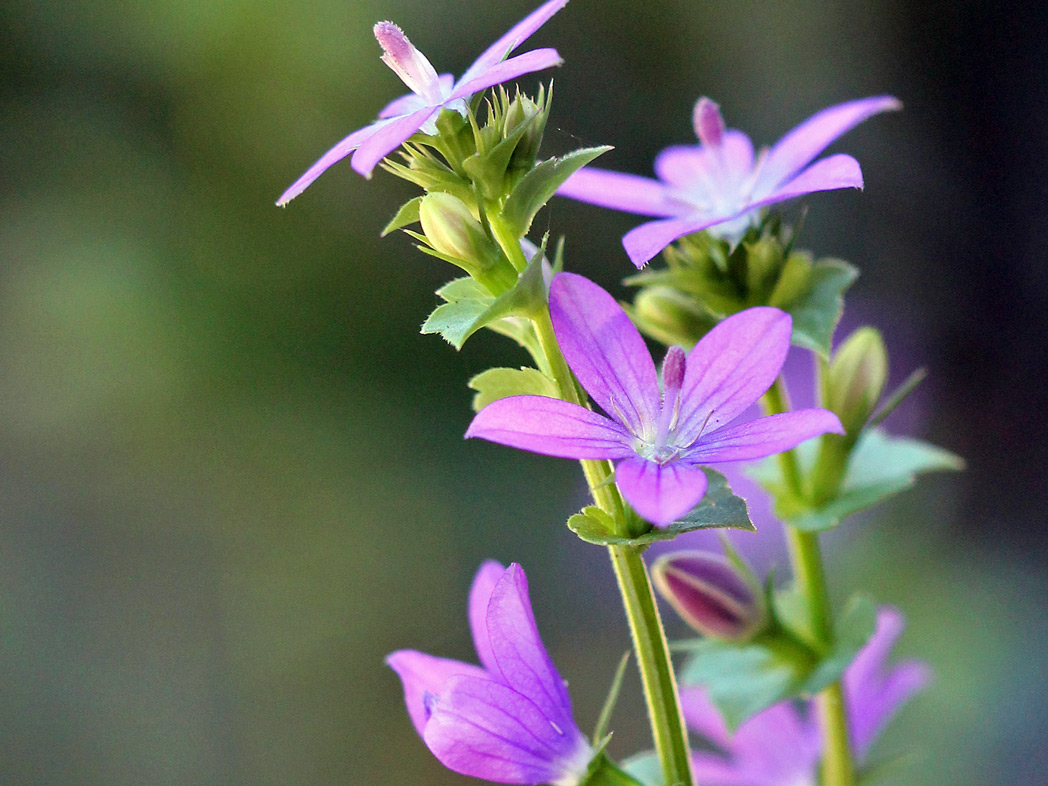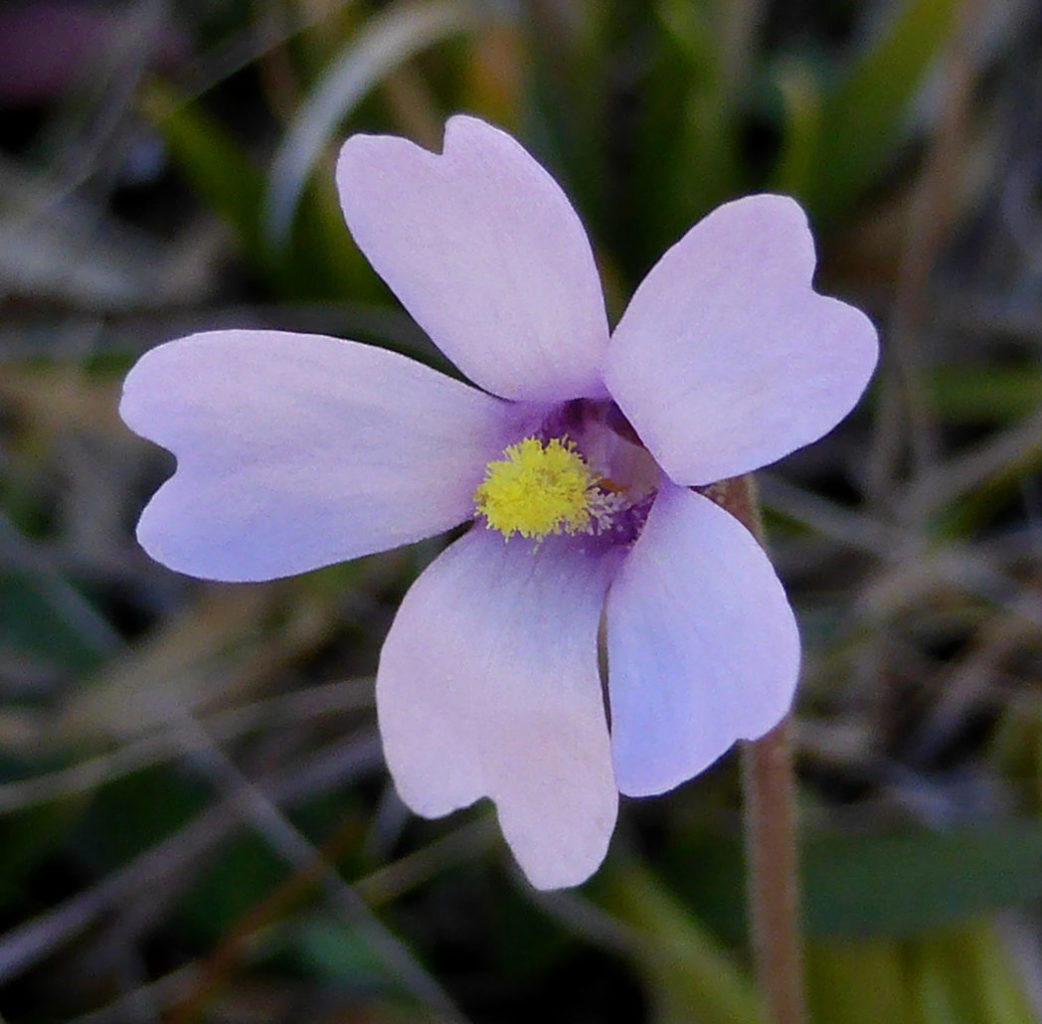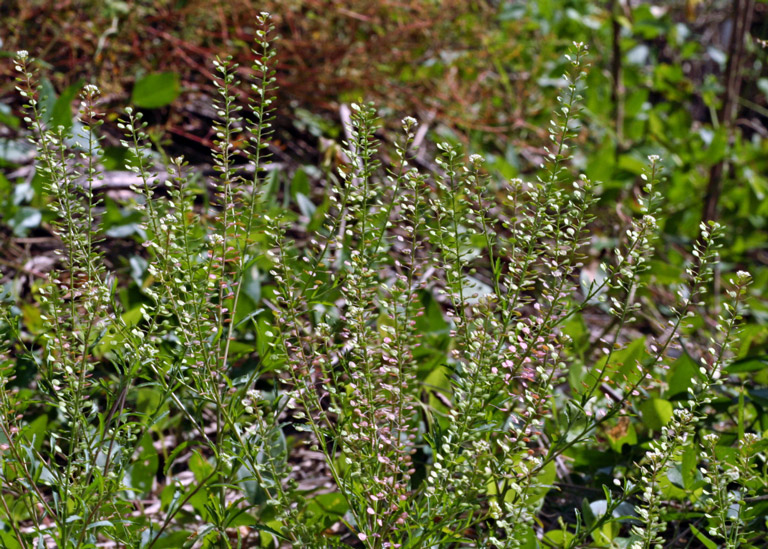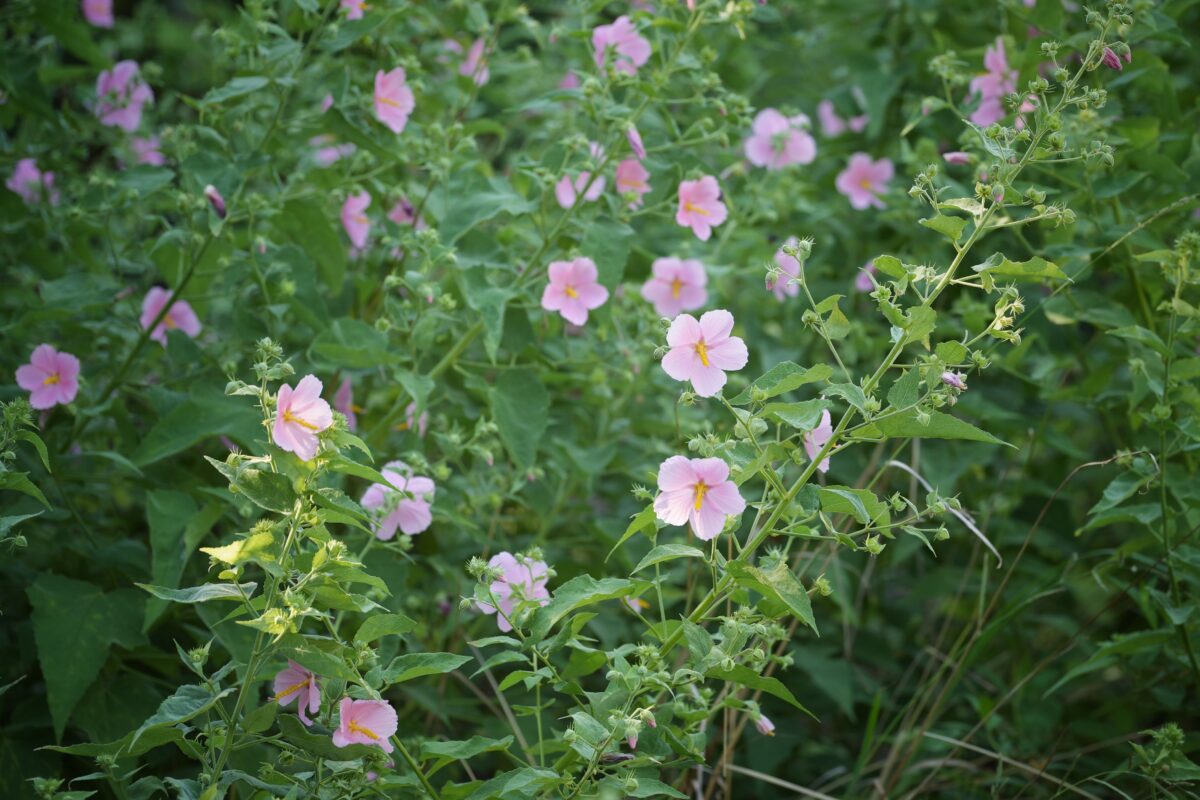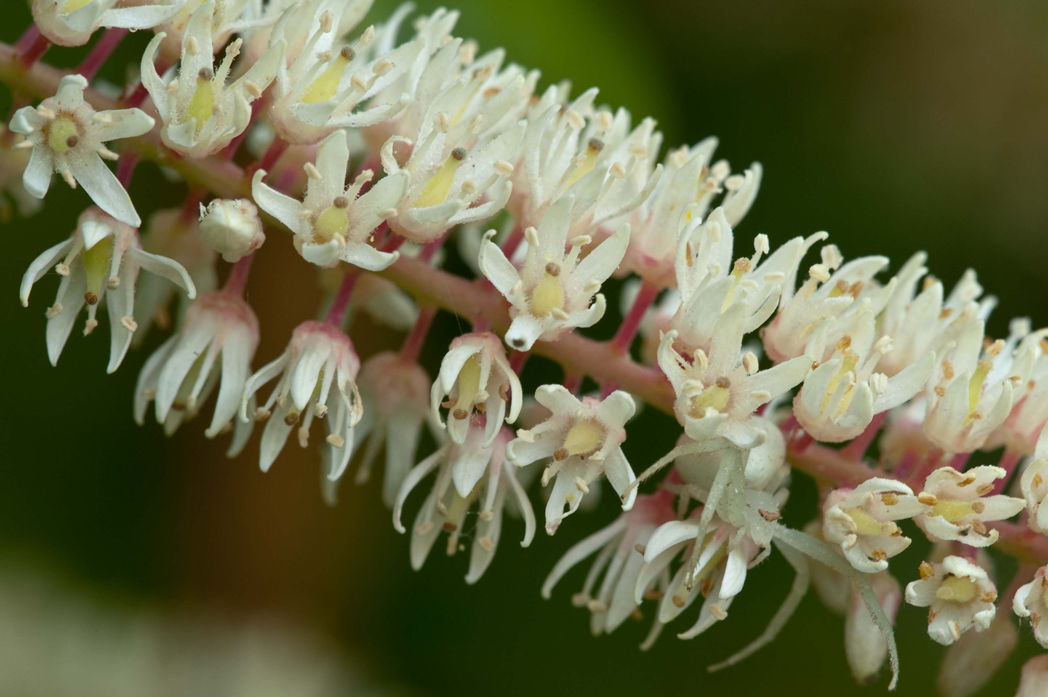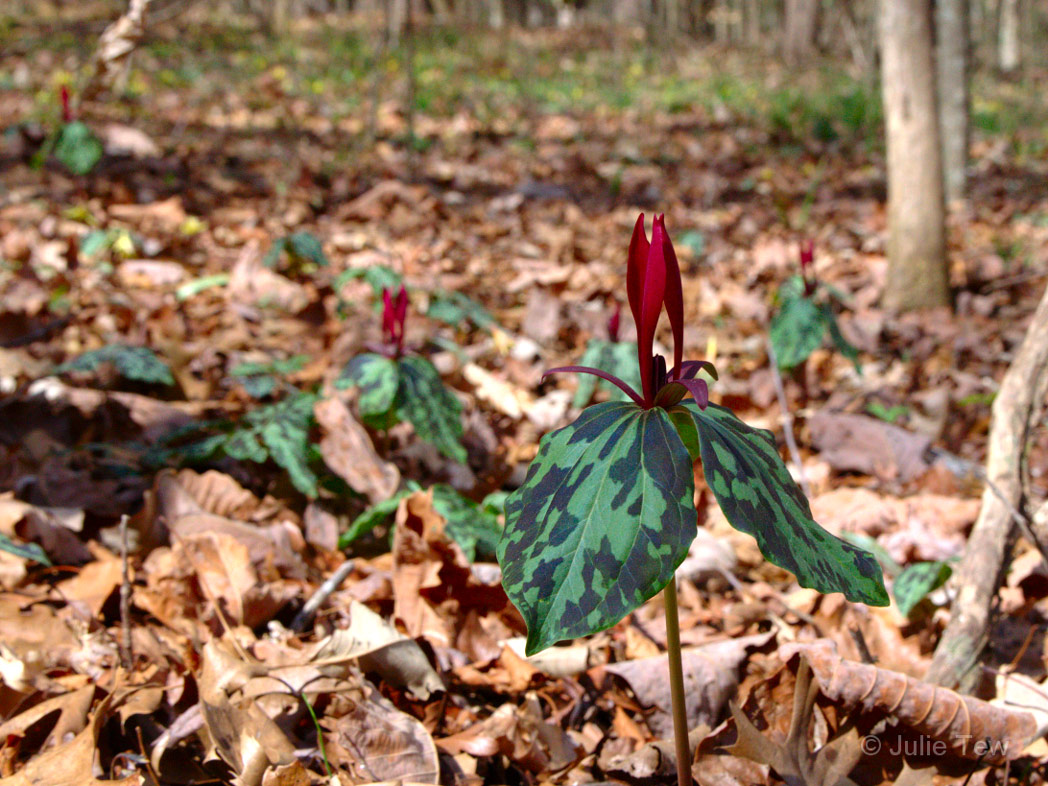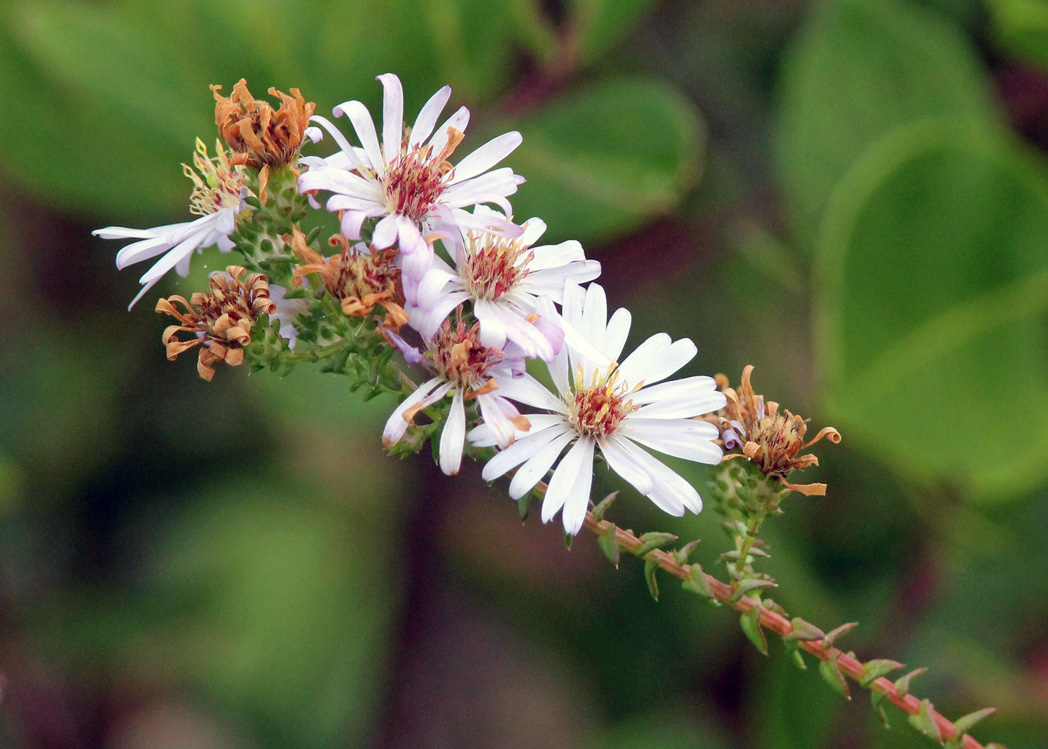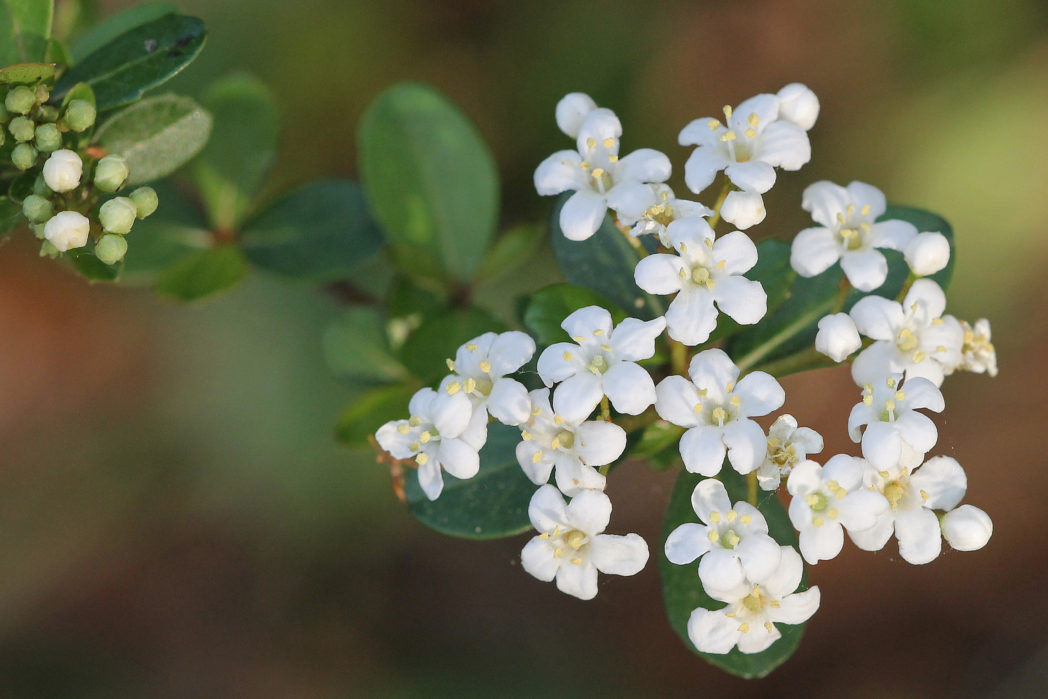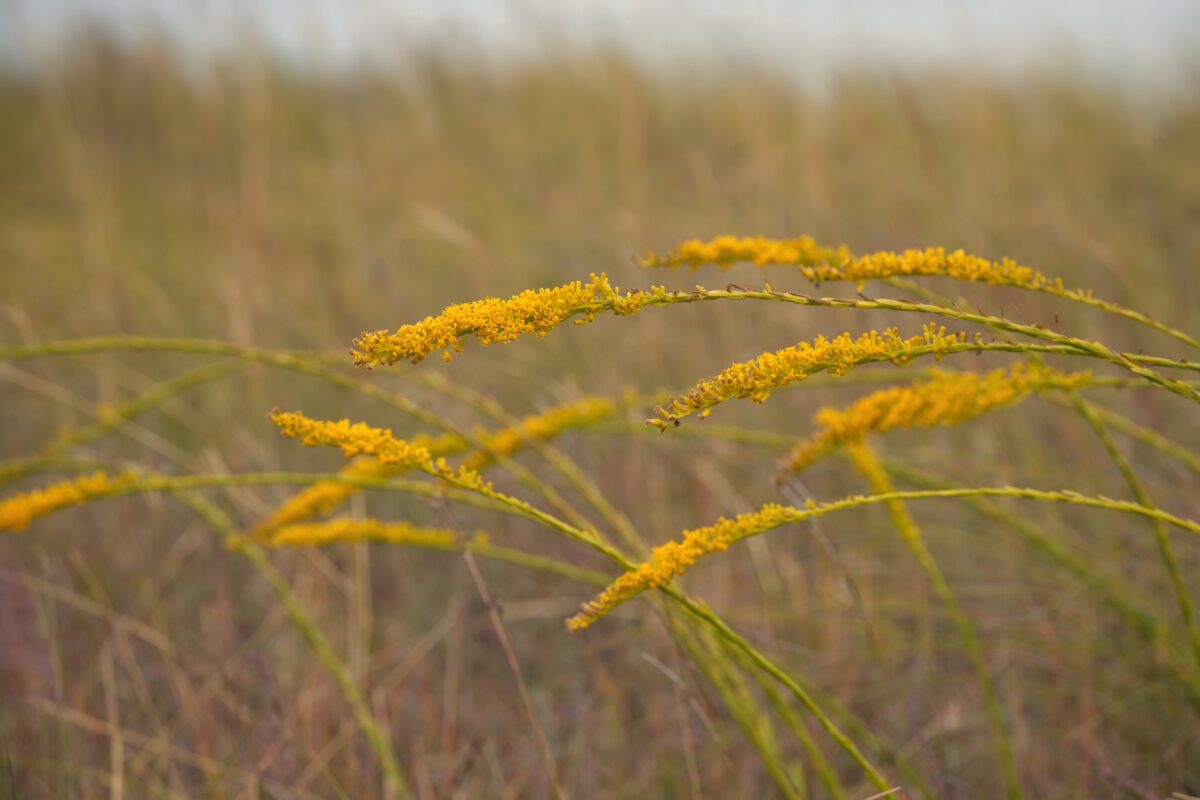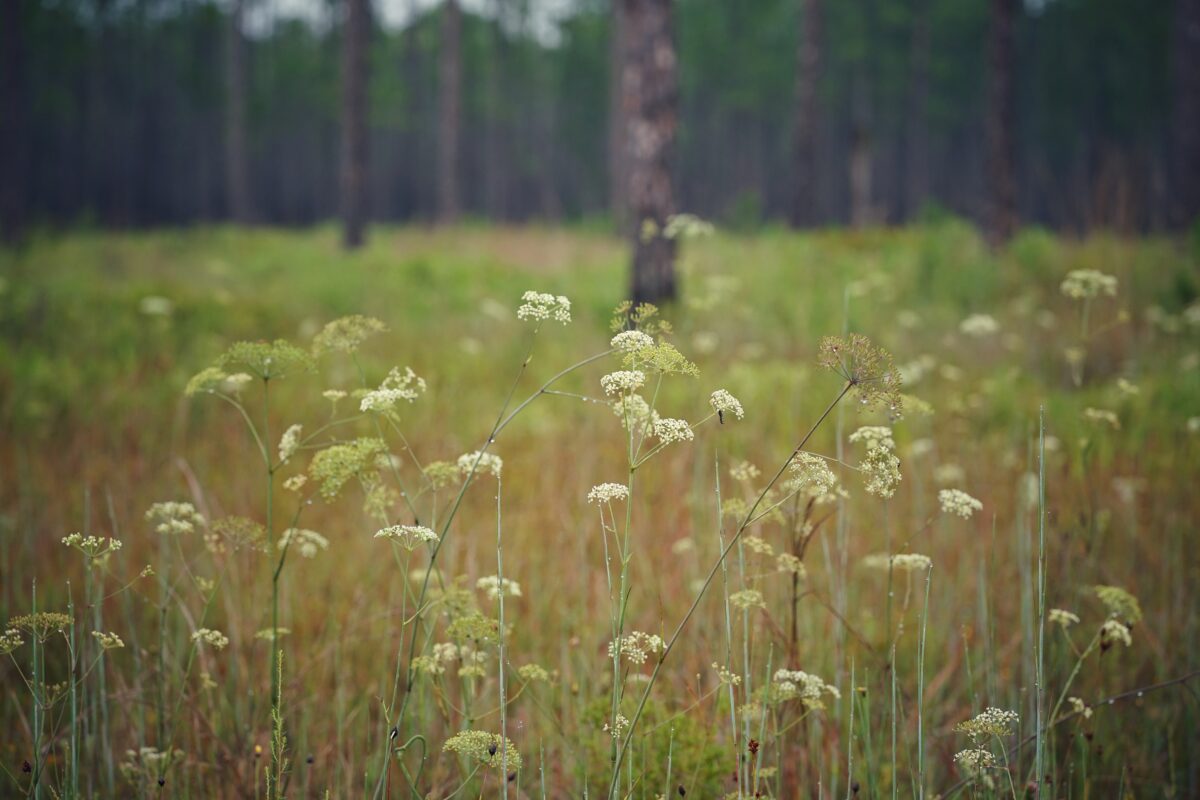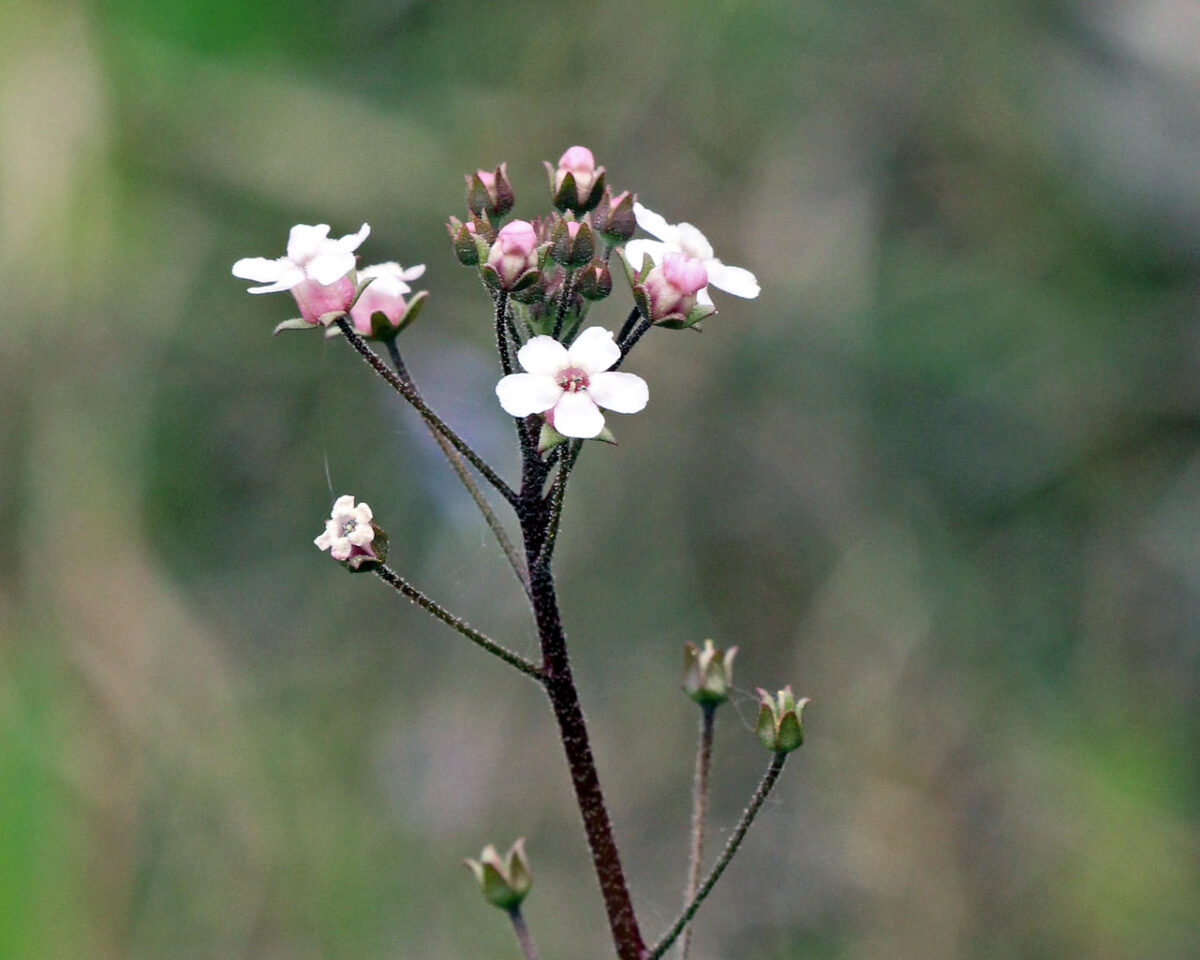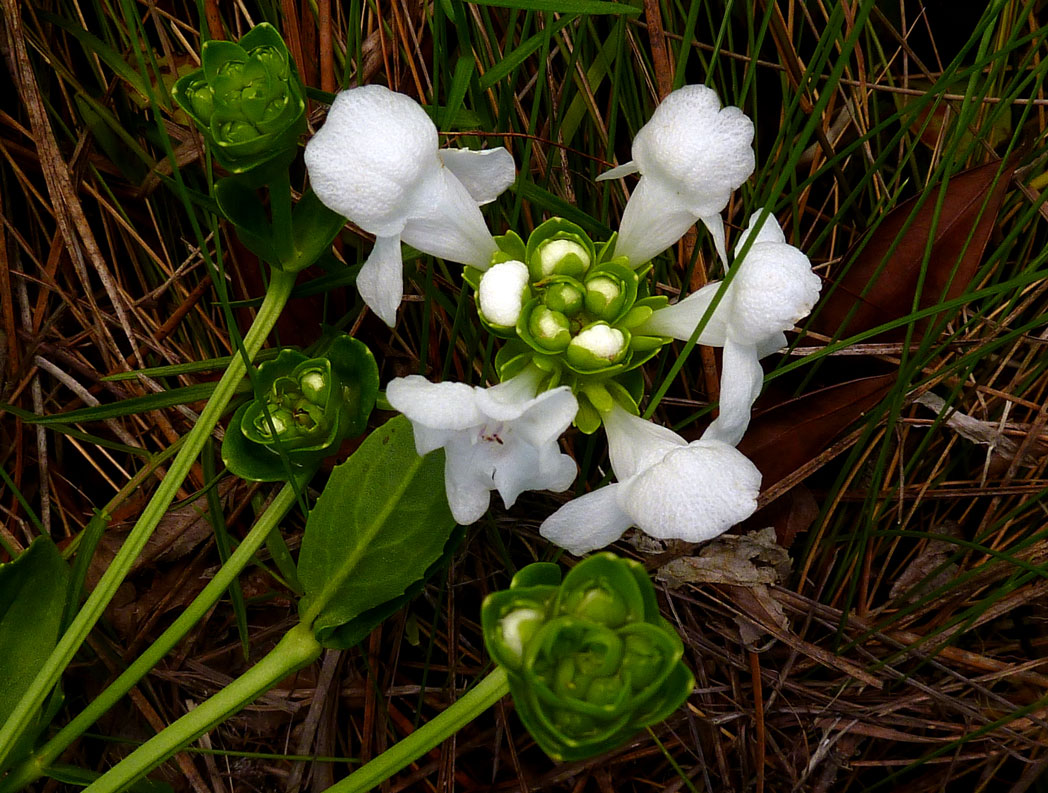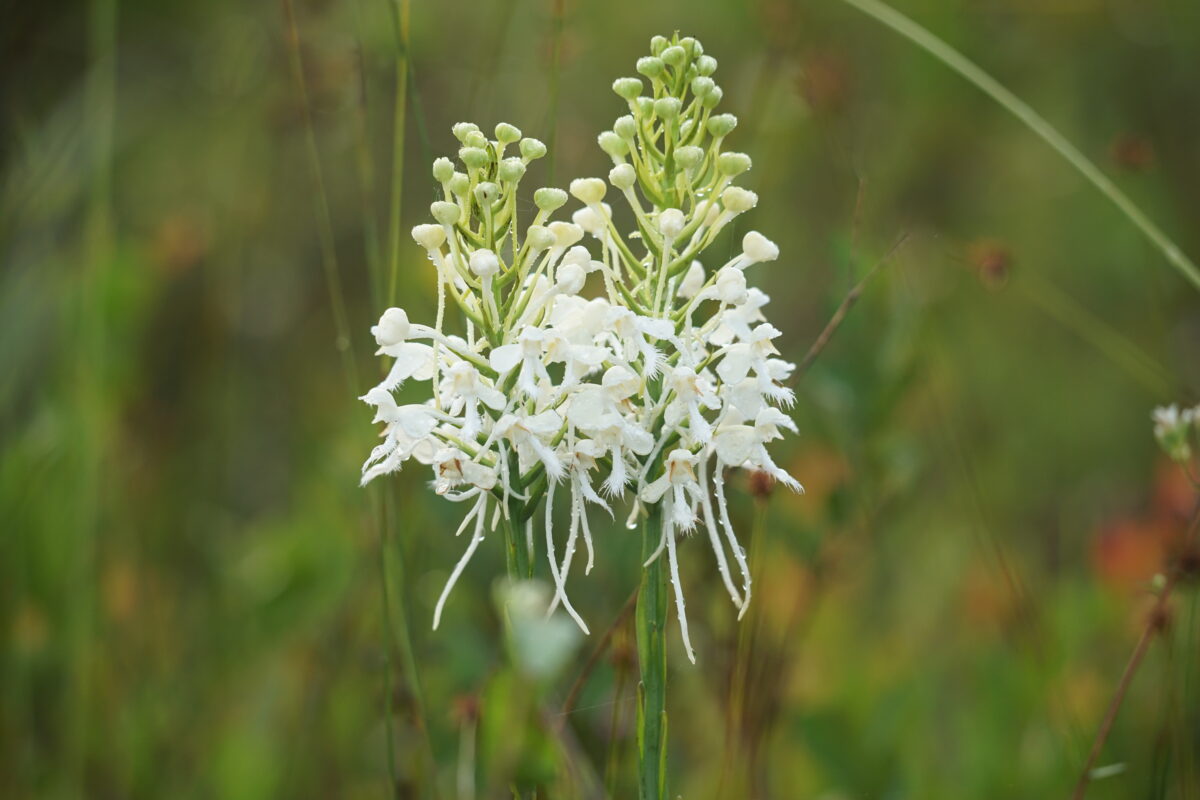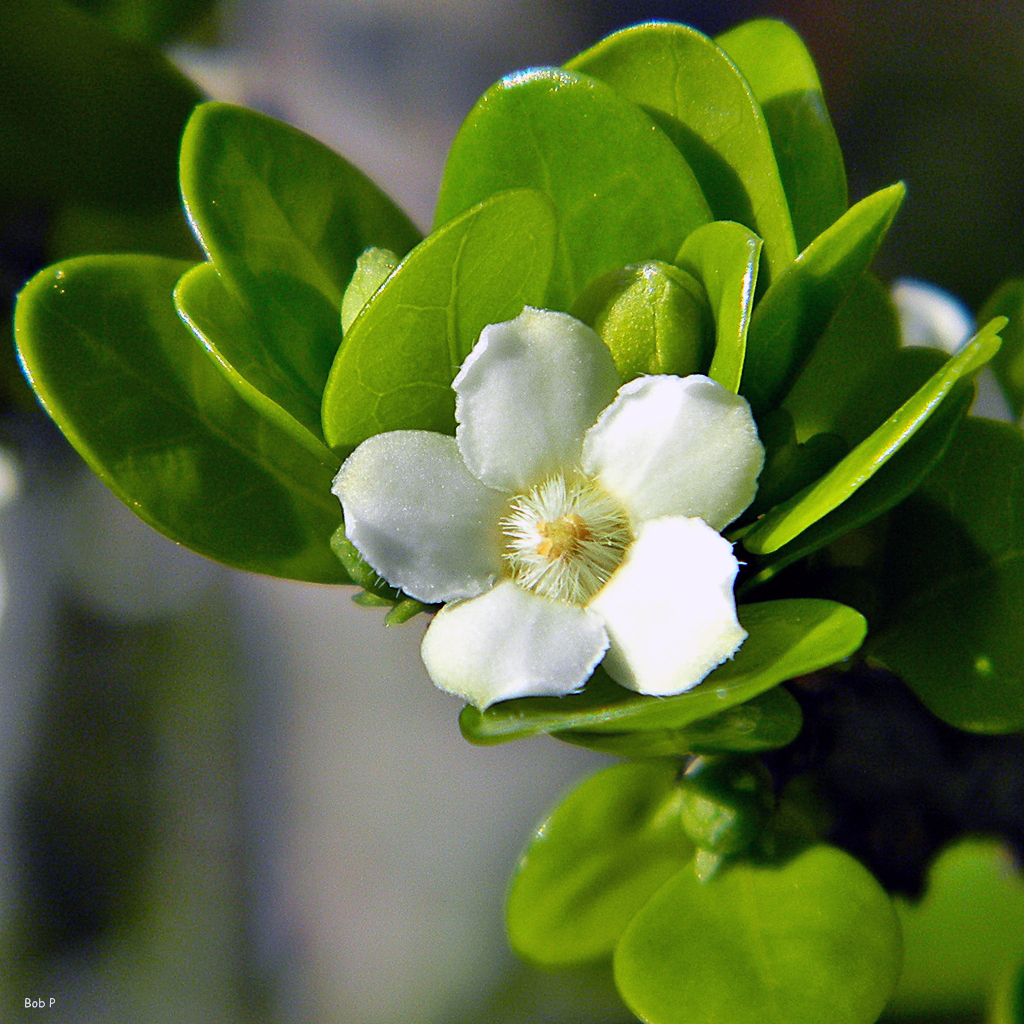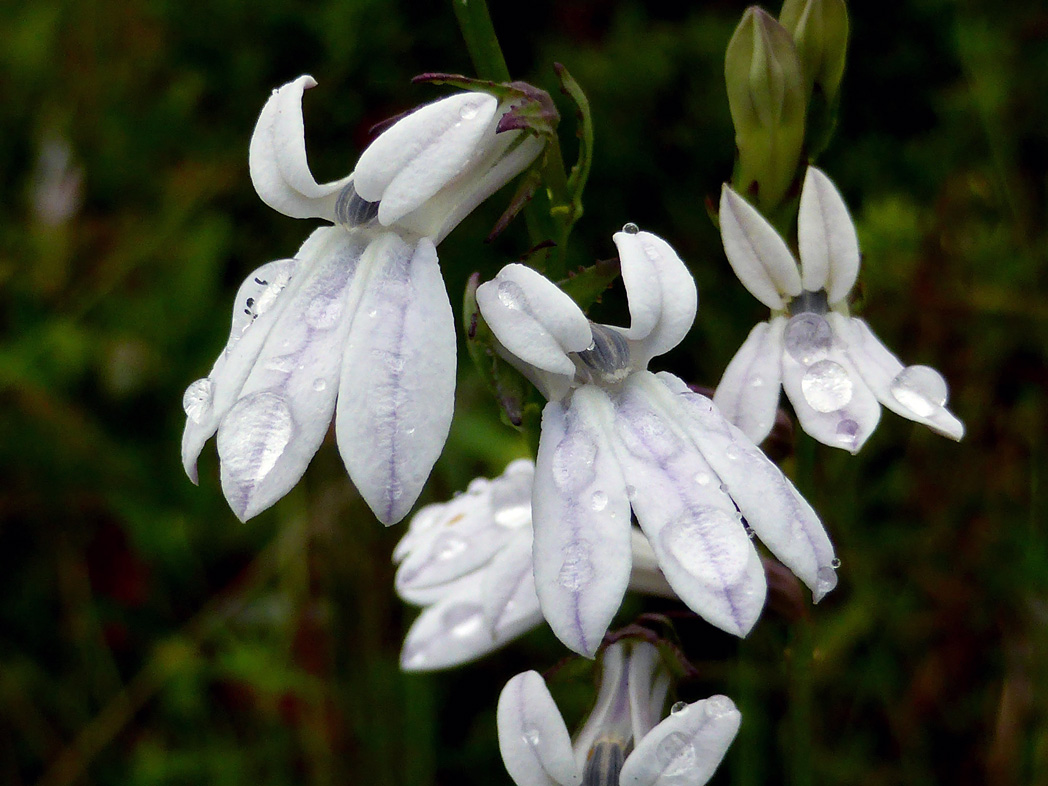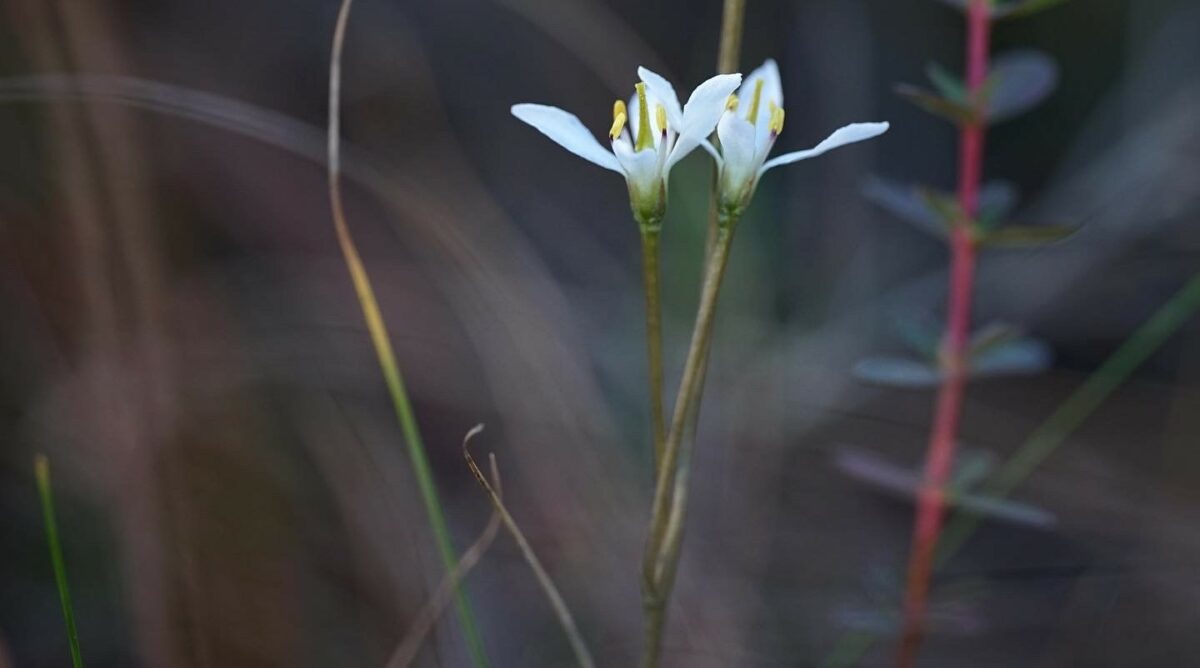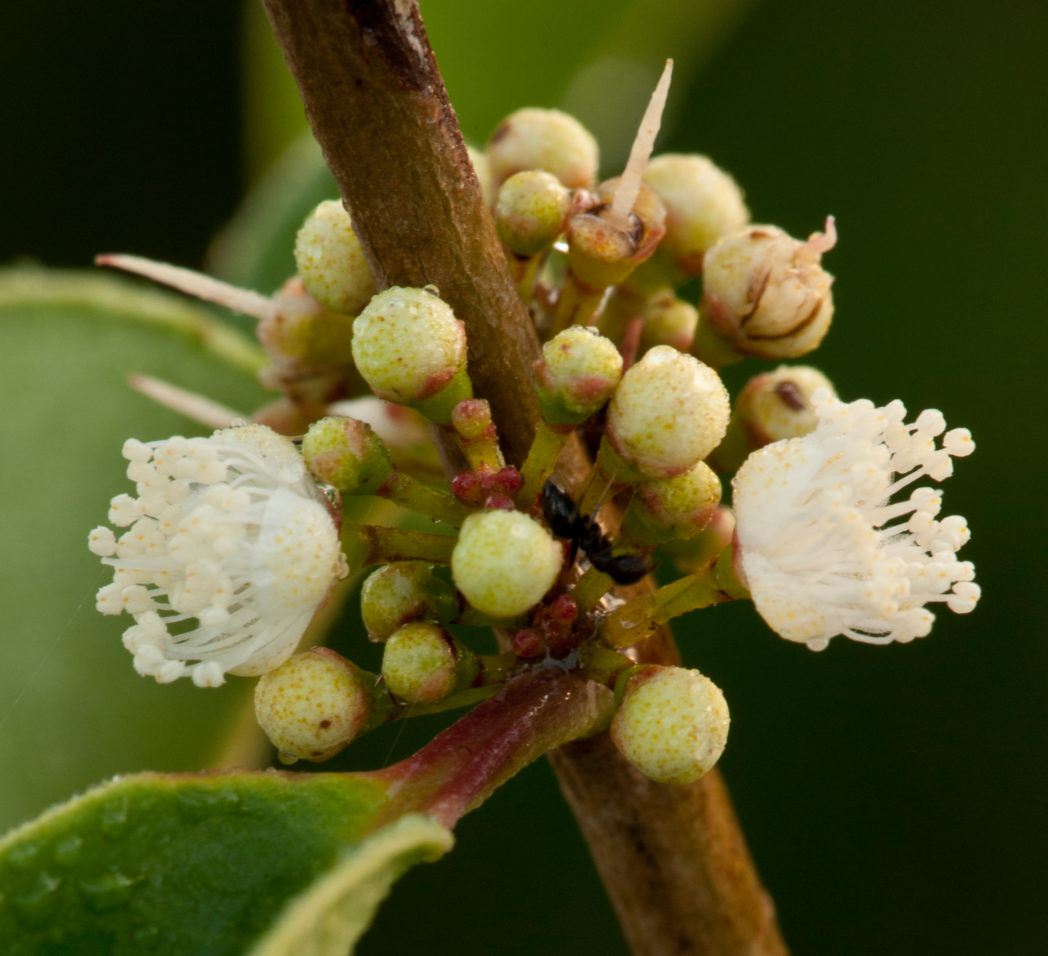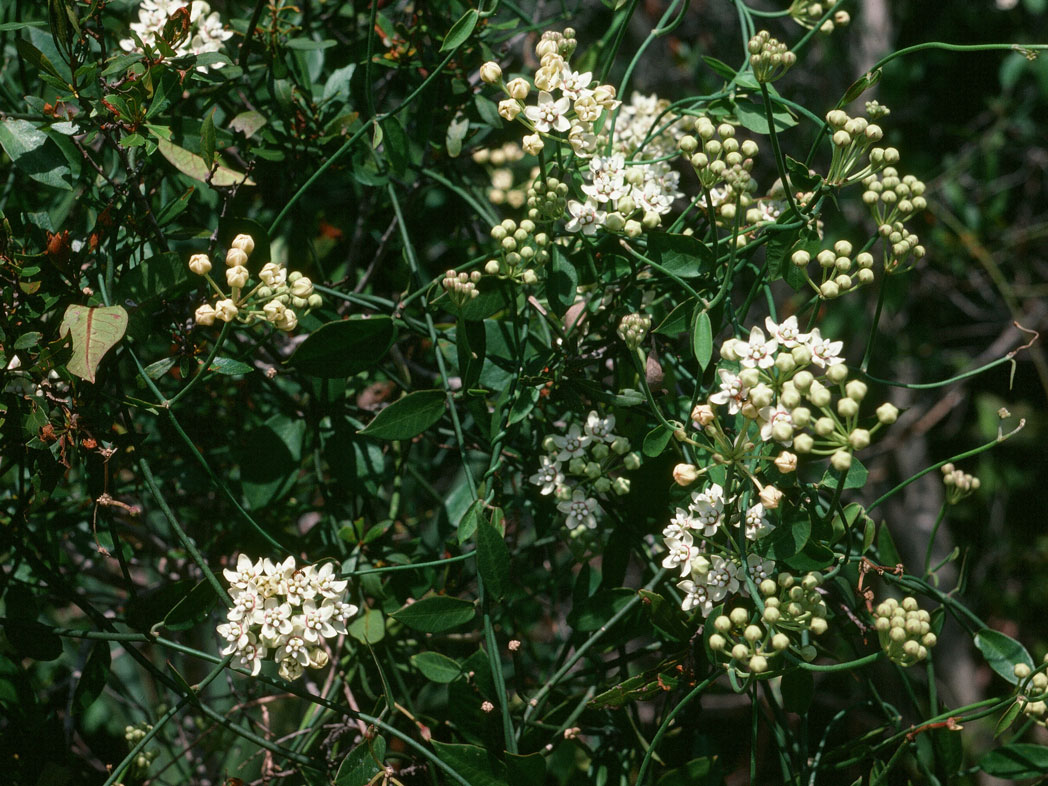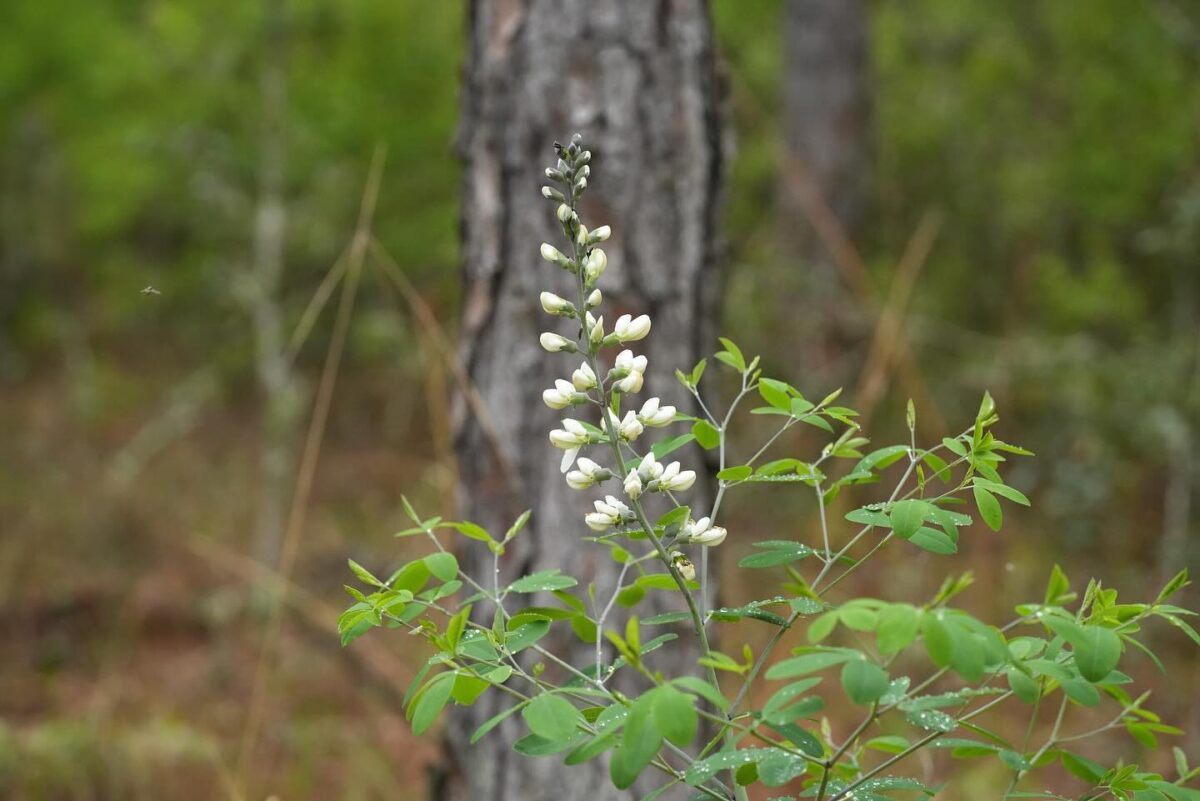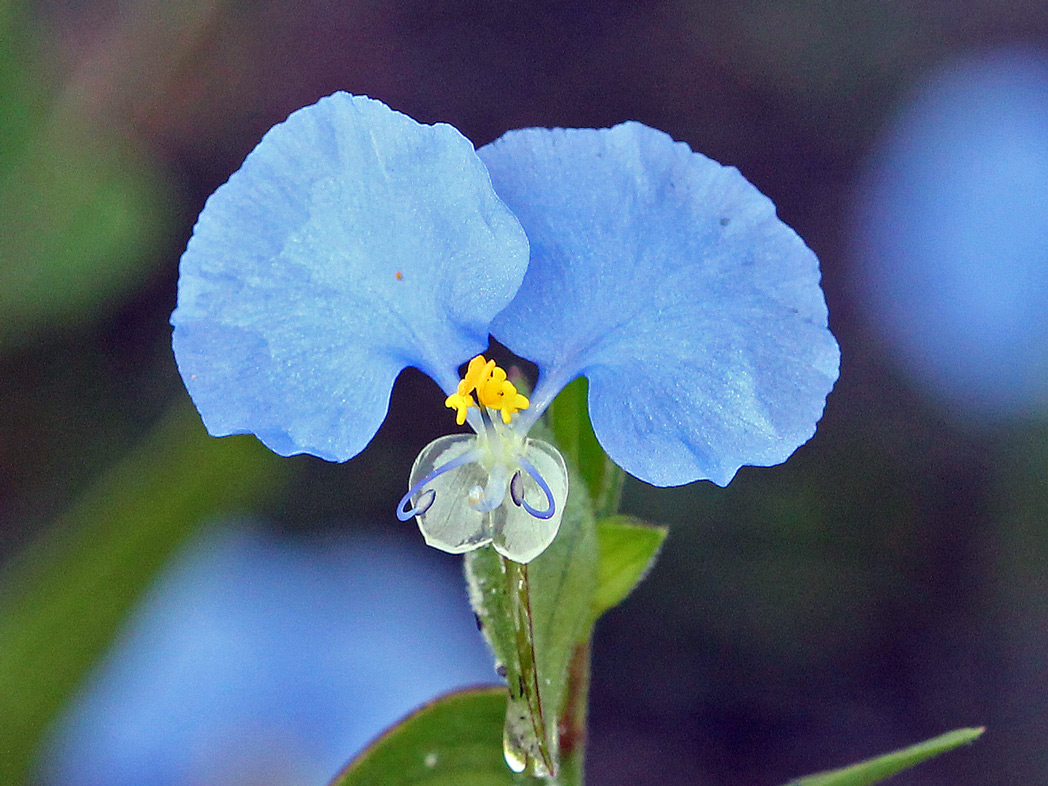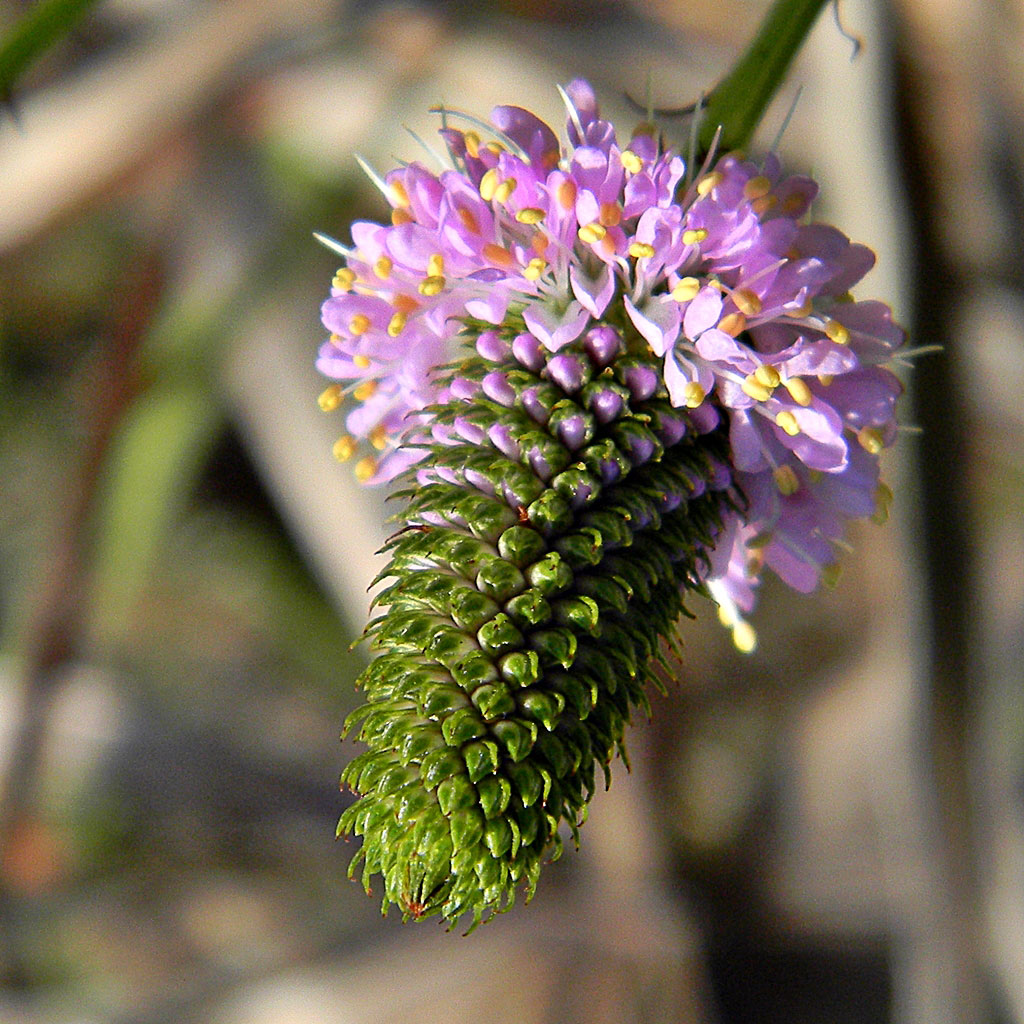Vanillaleaf
Meet Vanillaleaf, the odiferous Carphephorus! Perhaps the most telling of common names, Vanillaleaf refers to the vanilla-like scent that the plant’s wilting leaves emit when crushed.
Velvetleaf milkweed
Velvetleaf milkweed (Asclepias tomentosa) is a robust wildflower found in sandy upland habitats across the Southeastern Coastal Plain.
Venus’ looking glass
Clasping Venus’ looking-glass (Triodanis perfoliata) is an annual herbaceous wildflower that typically flowers late winter through spring. It is pollinated by bees, flies and small butterflies and moths.
Violet butterwort
Violet butterwort (Pinguicula ionantha) is a rare insectivorous wildflower. That’s right — it eats insects! Hairs on its leaf surface secrete a sticky substance in which insects become trapped.
Virginia dwarfdandelion
Virginia dwarfdandelion (Krigia virginica) is a modest little wildflower found in pine flatwoods, scrub and disturbed sites throughout North and Central Florida.
Virginia pepperweed
A member of the mustard family, Virginia pepperweed (Lepidium virginicum) is edible to humans. It is the host plant for the checkered white and Great Southern white butterflies. Bees love it, too!
Virginia saltmarsh mallow
Virginia saltmarsh mallow (Kosteletzkya pentacarpos) is a shrub-like wildflower with showy pink blooms that occurs naturally in salt and freshwater marshes, swamps, sloughs, coastal swales and wet thickets.
Virginia willow
Virginia willow (Itea virginica) is a spreading shrub with showy spikes of tiny white flowers that bloom late winter through early summer. The plant provides food and cover for wildlife.
Wakerobin
Wakerobins (Trillium spp.) typically blooms in late winter before the tree canopy leafs out, but can bloom as late as early spring.
Walter’s aster
Walter’s aster (Symphyotrichum walteri) in late fall and early winter, providing nectar and pollen to butterflies, bees and other pollinators at a time when floral resources are limited.
Walter’s viburnum
Walter’s viburnum (Viburnum obovatum) has showy spring flowers that pollinators love, and produce abundant fruit in summer and fall on which birds and other wildlife feast.
Wand goldenrod
Wand goldenrod (Solidago stricta) persists in wetter environments than most of our other native goldenrods, occurring naturally in wet flatwoods and prairies.
Water cowbane
In late summer and early fall, Water cowbane (Tiedemannia filiformis) blooms in shallow freshwater wetlands across Florida. It is a larval host for the Eastern black swallowtail, and the flowers attract a variety of pollinators.
Water pimpernel
Water pimpernel (Samolus ebracteatus) is a perennial wildflower found in wet pinelands and prairies, and along freshwater and brackish swamp, marsh and stream edges.
White birds-in-a-nest
White birds-in-a-nest (Macbridea alba) is a rare and unique wildflower endemic to only four counties in Florida’s Panhandle. Its flowers bloom May through July and attract mostly bees.
White fringed orchid
The White fringed orchid (Platanthera blephariglottis) is a striking wildflower found in bogs and wet meadows across North and Central Florida. The summer blooms attract many pollinators from bees to butterflies and moths.
White indigoberry
White indigoberry ( Randia aculeata) is an evergreen flowering shrub or small tree found in pine rocklands and coastal strands and hammocks in Central and South Florida.
White lobelia
White lobelia (Lobelia paludosa) is a winsome, wet-loving wildflower found in swamps and wet flatwoods throughout much of Florida. It primarily blooms in spring and summer.
White screwstem
Diminutive in size but not in beauty, White screwstem takes a keen eye and a bit of determination to find. It blooms in winter through early spring and is found in wet flatwoods and bogs.
White stopper
White stopper (Eugenia axillaris) has fragrant flowers that bloom year-round, attracting many types of pollinators. Its fruits are eaten by birds and wildlife. Humans can eat them, too.
White twinevine
White twinevine (Funastrum clausum) is a larval host plant for Monarch, Queen and Soldier butterflies and an important nectar source for bees and wasps.
White wild indigo
White wild indigo (Baptisia alba) has showy white blooms that attract many pollinators. The plant is a larval host plant for the Wild indigo duskywing and Zarucco duskywing butterflies.
Whitemouth dayflower
Whitemouth dayflower (Commelina erecta ) is found in pinelands, coastal uplands and scrub habitats. Its blooms attract a variety of pollinators, especially bees. Seeds are eaten by birds, and the foliage is sometimes consumed by gopher tortoises.
Whitetassels
Whitetassels (Dalea carnea var. carnea) is an uncommon wildflower found in mesic flatwoods, open meadows and pine rocklands. It blooms in late spring through early fall attracting pollinators, especially bees.
